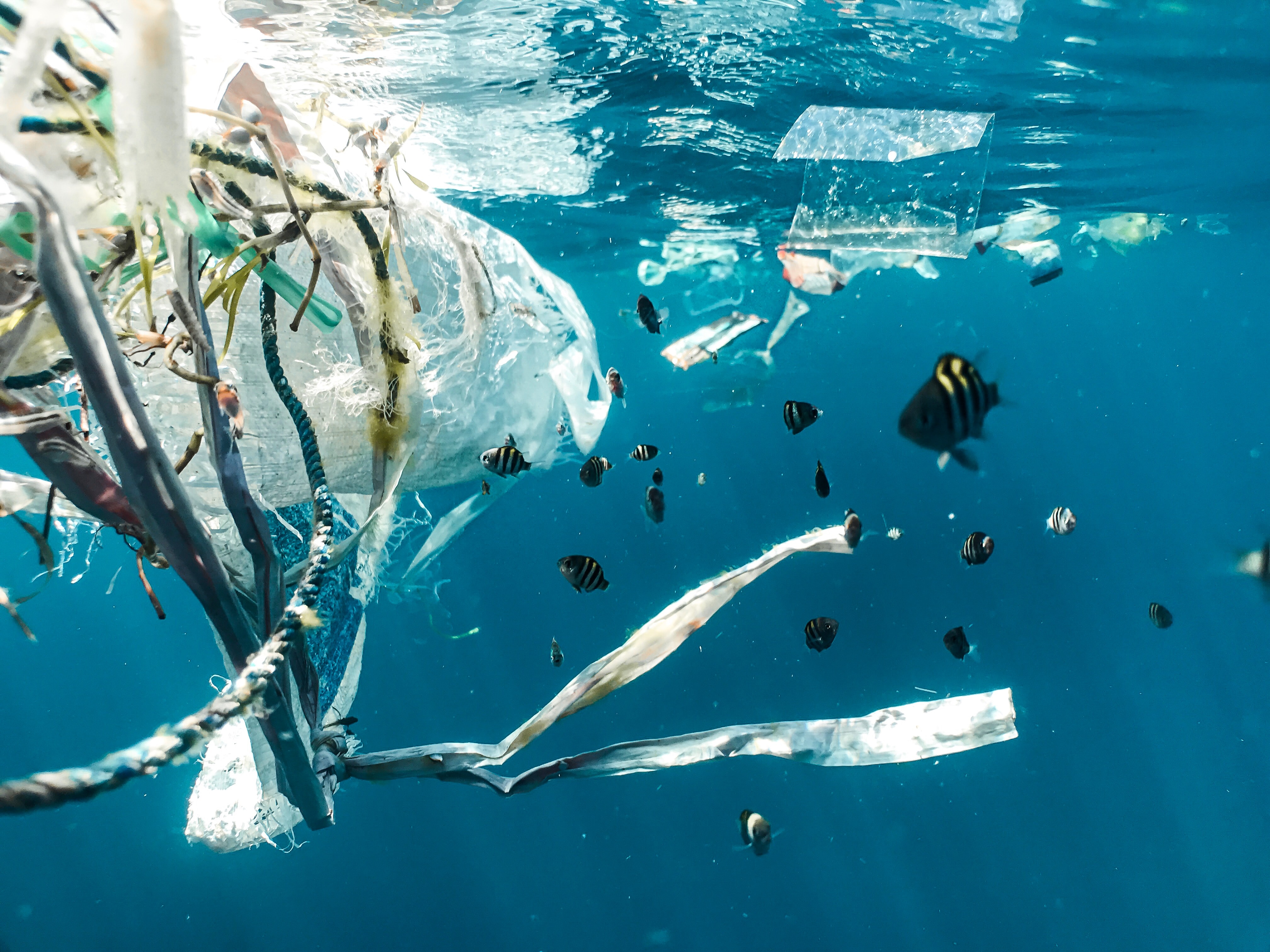Media release
From:
Environment: Coastal species found living and reproducing in the Great Pacific Garbage Patch
Marine invertebrates that usually only inhabit coastal areas of the western Pacific Ocean have been found living and reproducing on plastic debris in the high seas, in the Eastern North Pacific Subtropical Gyre, also known as the Great Pacific Garbage Patch, finds a study in Nature Ecology & Evolution.
Marine species are known to be dispersed across the open ocean on floating debris, with plastic objects providing a more-persistent surface than natural rafts (which degrade far more quickly over time). However, the degree to which increasingly abundant plastic structures can now act as more permanent homes in the open ocean for different types of marine species is not well characterized.
Linsey Haram and colleagues collected 105 items of floating plastic debris, between November 2018 and January 2019, from the Eastern North Pacific Subtropical Gyre and found evidence of living coastal species on 70.5% of the debris analysed. They identified 484 marine invertebrate organisms on the debris, of which 80% were species that are normally found in coastal habitats. The number of coastal species such as arthropods and molluscs identified rafting on plastic was over three times greater than that of pelagic species that normally live in the open ocean. They note that the diversity of all organisms was highest on rope, and that fishing nets harboured the highest diversity of coastal species. The authors also identify evidence of sexual reproduction among both coastal and open-ocean species, including among hydroids (relatives of jellyfish and corals) and amphipods and isopods (both types of crustacean).
The authors suggest this discovery indicates that species originating on the coast are capable of surviving and reproducing on plastic debris that may have travelled thousands of miles over several years and may represent a new type of ecological community in the ocean (that they term a ‘neopelagic community’). More research is needed to understand how the species survive and the ecological and evolutionary consequences.
Springer Nature is committed to boosting the visibility of the UN Sustainable Development Goals and relevant information and evidence published in our journals and books. The research described in this press release pertains to SDG 14 (Life Below Water). More information can be found here.



 Pacific; International
Pacific; International



